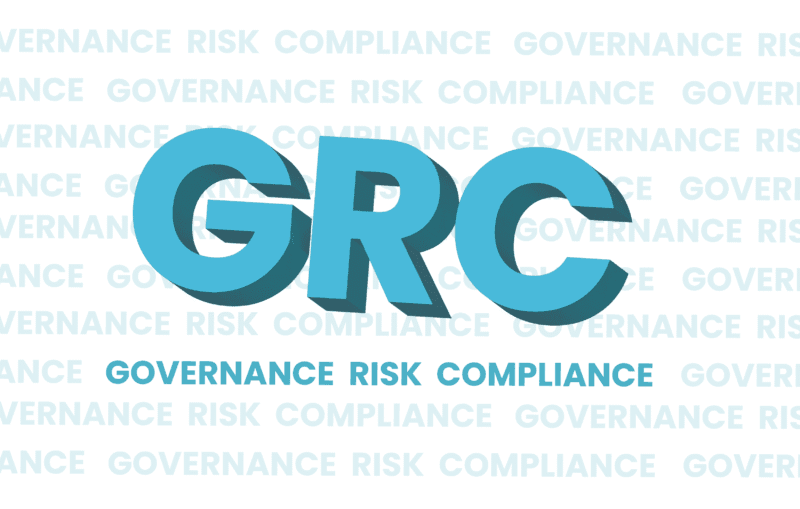While grappling with vast data ecosystems, organizations must employ robust Data loss prevention (DLP) strategies to safeguard sensitive information. Data classification, a critical component in the DLP arsenal, acts as a first line of defense by categorizing data based on sensitivity levels – from public to top-secret. DLP combined with data classification fortifies an organization’s defense against data breaches, ensuring a resilient and responsive security posture.
What is Data Classification?
Data classification is a systematic approach to managing enterprise data by labeling it according to its level of sensitivity and business impact. Think of it as creating a digital hierarchy that dictates how each piece of information should be handled and shielded. By establishing protocols, such as ‘Confidential’, ‘Private’, or ‘Public’, stakeholders within the organization can implement appropriate security controls tailored to each classification tier. This ensures that employees access only the data necessary for their roles, reducing the risk of unintended exposure and aligning with compliance regulations effortlessly.
What is Data Loss Prevention (DLP)?
Data Loss Prevention (DLP) is an integral component of organizational cybersecurity measures, designed to detect and prevent the unauthorized transmission and exfiltration of critical information. It serves as a comprehensive cybersecurity strategy that monitors, detects, and blocks potential data breach incidents in real time, employing both rule-based and contextual analysis techniques.
By leveraging advanced algorithms and deep content inspection, DLP ensures that sensitive information remains within the corporate perimeter, thus aligning with regulatory compliance and safeguarding intellectual property.
How Data Classification Enables Data Loss Prevention
Data classification is an indispensable foundation in the architecture of Data Loss Prevention (DLP) protocols, safeguarding against digital vulnerabilities. This intricate process plays a pivotal role in DLP strategies, empowering businesses to:
Establish a Firm Foundation of Strong Data Governance
By delineating data into specific classifications, organizations lay down a strategic framework crucial for robust data governance. This framework empowers stakeholders to:
- Enforce Policy Consistency: Ensure uniform application of security policies across all data types, facilitating a coherent and stable approach to data management.
- Augment Risk Management: Effectively assess and mitigate risks by understanding which data sets require heightened security measures based on their classification.
- Refine Regulatory Compliance: Facilitate adherence to stringent regulatory requirements, minimizing legal exposure and streamlining compliance processes for sensitive data handling.
- Enhance Operational Efficiency: Streamline data accessibility for authorized personnel while preventing data sprawl, thereby improving decision-making and operational agility.
- Foster a Culture of Security Awareness: Encourage an organization-wide cognizance about data sensitivity, which is foundational to preventing accidental mishandling of critical data.
Embracing data classification is a proactive stance that aligns with the modern-day imperatives of data security and governance. It is not merely a protocol; it is the underpinning of your enterprise’s data defense strategy.
Reduces the Number of False Positive and False Negative Results
Leveraging sophisticated data classification protocols significantly minimizes the occurrence of false positives—instances where benign actions are incorrectly flagged as threats—and false negatives—instances where genuine threats go undetected. These reductions are achieved through:
- Enhanced Filtering Accuracy: By applying granular data classifications, DLP systems can more accurately match data to its associated security policies, thus refining what constitutes a threat.
- Tuned Anomaly Detection: Improve machine learning algorithms with better training datasets derived from clearly categorized data, allowing for more precise anomaly detection and reducing error margins.
- Context-Rich Policy Enactment: Equip your DLP systems with the context needed to discern between legitimate and malicious intent, ensuring business processes are uninterrupted by erroneous alerts.
- Dynamic Adaptation to Emerging Threats: As cyber threats evolve, so too must our defenses. Data classification provides a flexible foundation upon which DLP systems can quickly adapt to novel threat vectors, maintaining low false positive and negative rates.
By incorporating these strategies, your organization not only fortifies its data loss prevention framework but also ensures operational continuity by significantly reducing the likelihood of disruptive false alarms.
Automates the Data Classification Process
Automating data classification redefines efficiency within your organization’s information management system. It translates to rapid processing of large volumes of data with outstanding accuracy, a task unattainable by manual efforts. Automation serves as a linchpin in the following ways:
- Elevates Speed and Precision: Deploy algorithms that categorize data with swift exactitude, saving valuable time and reducing human error.
- Harmonizes with Emerging Technologies: Seamlessly integrate with advanced technologies, such as artificial intelligence and machine learning, to stay ahead in the landscape of data management.
- Fosters Consistency: Implement uniform classification across all digital terrains, cementing a steadfast approach to your data governance policies.
- Strengthens Compliance Posture: Effortlessly update and maintain compliance with evolving regulatory mandates through scalable automated processes.
- Advances Data Security: Allow real-time response to potential breaches by swiftly categorizing and securing newly generated data.
Enhancing Your DLP Strategies
It is essential to consider advanced measures that envelop comprehensive data protection. As you continue to navigate the intricate fabric of cybersecurity, implementing these nuanced strategies will enhance your defenses, sustain business integrity, and secure your digital estates against the relentless tide of cyber threats.
By infusing your DLP strategies with these critical enhancements, you are reinforcing your commitment to data security and signaling to stakeholders that your enterprise is at the vanguard of combatting data loss. The sophistication of your approach must match the complexity of the threat. Be proactive, be prepared, and let your data protection measures reflect the excellence that your enterprise represents.





